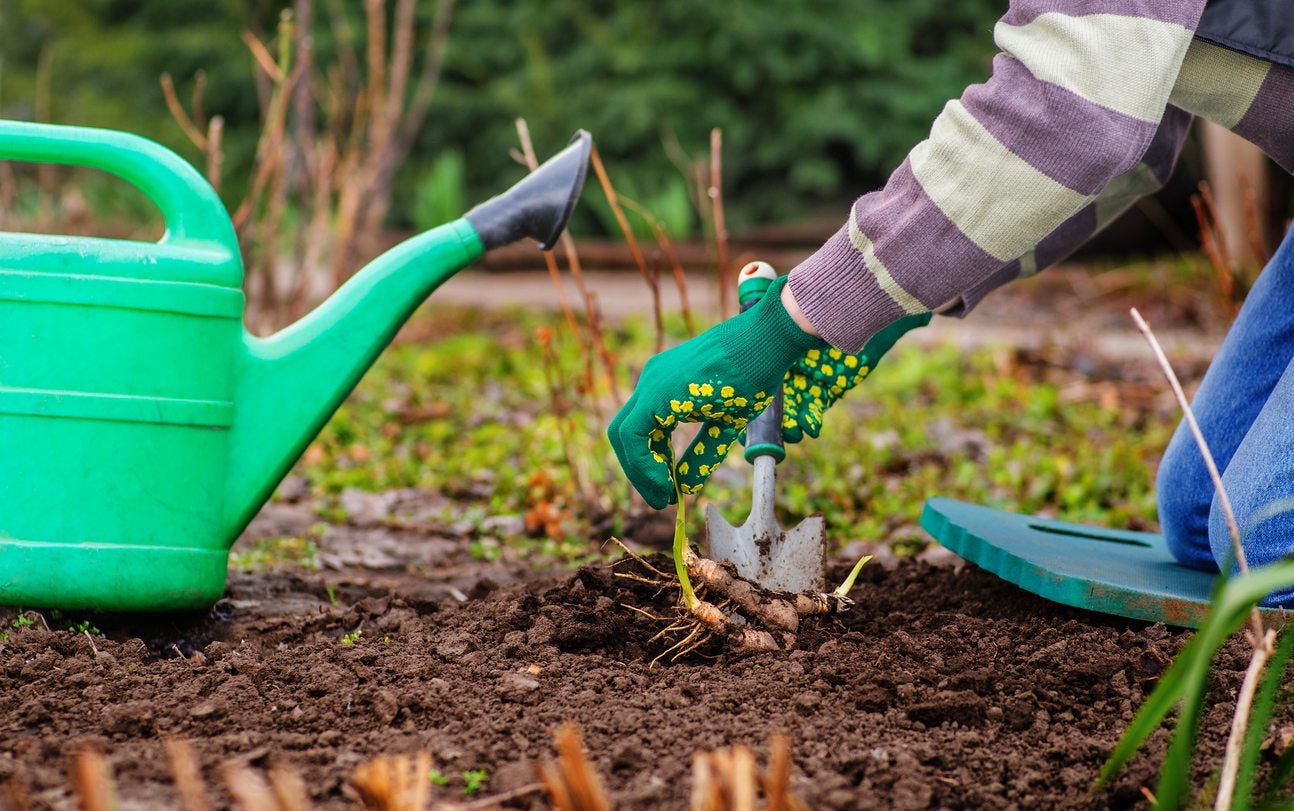Planting Fall gardens: Fall Gardening Guide For Zone 7 Gardens

Summer days are waning, but for gardeners in USDA zone 7, that doesn’t have to mean the last of the fresh garden produce. Okay, you may have seen the last of the garden tomatoes, but there are still plenty of veggies suited for zone 7 fall planting. Planting fall gardens extends the gardening season so you can continue to use your own fresh produce. The following fall garden guide for zone 7 discusses fall planting times and crop options in zone 7.
About Planting Fall Gardens
As mentioned, planting a fall garden extends the harvesting season beyond summer produce. Fall harvest can even be extended further by providing frost protection by planting in cold frames or hotbeds. Many vegetables adapt well to fall planting. Among these, of course, are the cool season veggies such as broccoli, Brussels sprouts, cauliflower, and carrots. In zone 7, spring temperatures often heat up rapidly, causing crops like lettuce and spinach to bolt and become bitter. Fall is a great time to plant these tender greens. A little planning will go a long way prior to zone 7 fall planting. Below is a fall gardening guide for zone 7 but it is intended as a guideline only. Planting times may be off by as much as seven to ten days depending upon your exact location within this zone. To get a better idea of when to plant, determine the average date of the first killing frost in the fall and then count backwards from that date, using the number of days to maturity for the crop.
Fall Planting Times in Zone 7
Brussels sprouts take between 90 and 100 days to mature, so they can be planted between July 1st and July 15th. Carrots that take between 85 and 95 days to mature and can also be planted at this time. Rutabagas that take between 70 and 80 days to mature can be planted anytime from July 1st to August 1st. Beets take between 55 and 60 days to mature and can be planted from July 15th to August 15th. Broccoli varieties that mature within 70 to 80 days can also be planted from July 15th to August 15th. Varieties of collard greens that mature within 60 to 100 days can be planted at this time too. Most cabbage varieties can be planted from August 1st to August 15th, as can cucumbers– both pickling and slicing. Kohlrabi, turnips, most lettuces, mustard, and spinach can all be planted around this time too. Kale and radishes can be sown from August 15th to September 1st. Onions that mature between 60 and 80 days can be planted from September 1st to September 15th and those that reach maturity within 130 to 150 days can be planted from up to the end of this month. In some parts of zone 7, October is essentially frost free, so some crops can be started even later for a really late fall harvest. Crops such as beets, Swiss chard, kale, and kohlrabi can all be sown at the beginning of September. Collards and cabbages can be transplanted at this time. Chinese cabbage, parsley, peas, and turnips can all be sown in the second week of September. Leaf lettuce can be planted until October 1st and mustard greens and radishes will still have time to grow if in the ground by October 15th. If you plan on trying to capture these later dates, be prepared to cover the beds with burlap or floating row covers. You can also protect individual plants using milk jugs, paper caps, or water walls. Also, if a hard freeze is imminent, mulch heavily around root crops such as carrots and radishes.
Gardening tips, videos, info and more delivered right to your inbox!
Sign up for the Gardening Know How newsletter today and receive a free copy of our e-book "How to Grow Delicious Tomatoes".

Amy Grant has been gardening for 30 years and writing for 15. A professional chef and caterer, Amy's area of expertise is culinary gardening.
